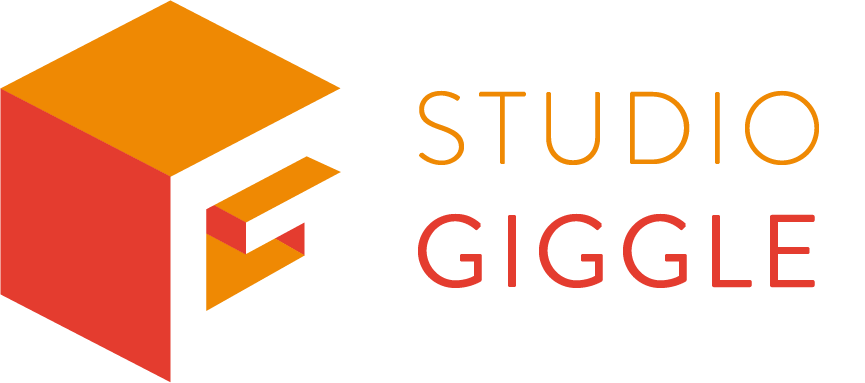Smartphones being released now have a huge focus on cameras, the iPhone 11 Pro, for example, has 3 cameras, one wide-angle, one ultra-wide and a telephoto lens. But Apple isn’t the only companies to be hugely improving the cameras on their phones. Early this month, information about the Google Pixel 4 was leaked and it seems like one of the biggest improvements is the phone’s camera. But Google and Apple aren’t the only companies to prioritising the camera features on their new smartphones: There is a huge range of phones now that are hailed for their good cameras. However, will this emphasis on good cameras ever affect the way that directors shot films? So we thought we’d analyse the new iPhones to see if they could ever be used to shoot a Hollywood blockbuster.
Both the new iPhones shoot 4k video at 60fps on all of its cameras. One of the downfalls of the previous smartphones was the ability (or lack thereof) to film at night. The new iPhone 11 has an improved Night mode which takes multiple images at once while optical image stabilisation (OIS) steadies the lens. The OIS is a massive step forward for smartphones, you see OIS in high DSLR cameras like the Sony A7s where the whole chip is mounted on a gyroscopic stabiliser to reduce camera shake and jitter from handheld movement. This is also something that is thought to be being improved by Google too: leaks of information about the new Google Pixel 4 reveal that one of the updates is the ‘astrophotography feature’ which would allow the user to take impressive photos at night time and even get really clear pictures of the stars.
So the future looks bright for all you budding iPhone-Speilbergs out there but don’t worry, even if you don’t have the very latest technology in your pocket, some old iPhones have been used to create amazing films. If you don’t believe us check out these standout filmmakers who have already proved it can be done.
In 2018 Claire Foy starred in the psychological thriller ‘Unsane’, which was filmed entirely on an iPhone. The film follows a woman who is convinced she has a stalker, but later comes to question her sanity when she is admitted to a mental institution against her will. Steven Soderbergh’s crew shot the entire medical thriller using an iPhone 7 Plus. Unsane is one of the few feature-length films to be shot entirely on an iPhone (however, there are numerous other short films and documentaries shot on a smartphone.) By using an iPhone Soderbergh, was able to create a grungy effect that helped to add to the unease created by the psychological nature of the film.
In early 2019 Soderbergh released his next big hit using an iPhone, ‘High Flying Bird’. The film, a sports drama about a basketball agent who is trying to overcome a lockdown between the NBA and the athletes, has been a success since it was released on Netflix earlier this year. The film was shot entirely using an iPhone 8, equipped with an anamorphic lens. The aesthetic created by using an iPhone is completely different from that of Unsane. High flying Bird has a cold but luxurious feel, whilst also allowing the viewer to see the characters through the eyes of Ray Burke, the basketball agent.
One of the ways that iPhones can be used to create these cinematic masterpieces is down to the use of different software and apps. An app commonly used to improve video content on iPhones is Filmic Pro which overrides the phone’s camera to make it work more like a video camera. One film that used Filmic Pro was Sean Baker’s 2015 film ‘Tangerine’. The film, which was shot on 3 iPhone 5Ss follows the story of Sin-Dee, a trans sex worker who finds out her pimp cheated on her and as a result goes on a rampage around LA.
We spoke to Steve, our Creative Director, about his thoughts on using a smartphone to shoot a film. Here’s what he had to say:
“The dream has always been to give the power of creation to the creatives and remove the barriers of cost. Smartphones, whilst not cheap, are 10% of the cost of a reasonable video camera and 1% of the cost of a film spec setup. I think the talents of Soderberg et al, shows what film really is about: storytelling! Their movies are pure, in your face and upfront. The style is driven by the limitations not the limitless budgets for VFX. You can make a movie, you have the technology, you can do it today… but do you have a story to tell and do you know how to tell it? Finally, don’t underestimate the power of good audio. The images may come from the phone but the sound… well that a whole different ball game! That was recorded using several thousands of pounds worth of microphones and mixers, by someone who is at the top of their game. With good sound, you can have a great movie, even if your pictures are just shot by hand, on your smartphone!
But if you want some professional, great quality video content that isn’t filmed on an iPhone then get in touch with us on 0117 972 0081 or email jon@studiogiggle.co.uk


